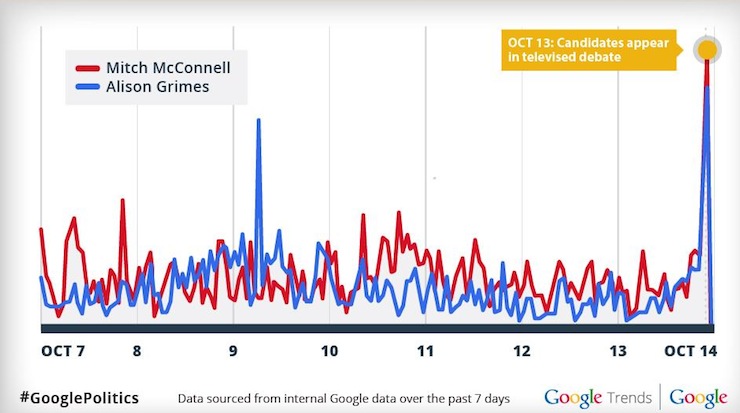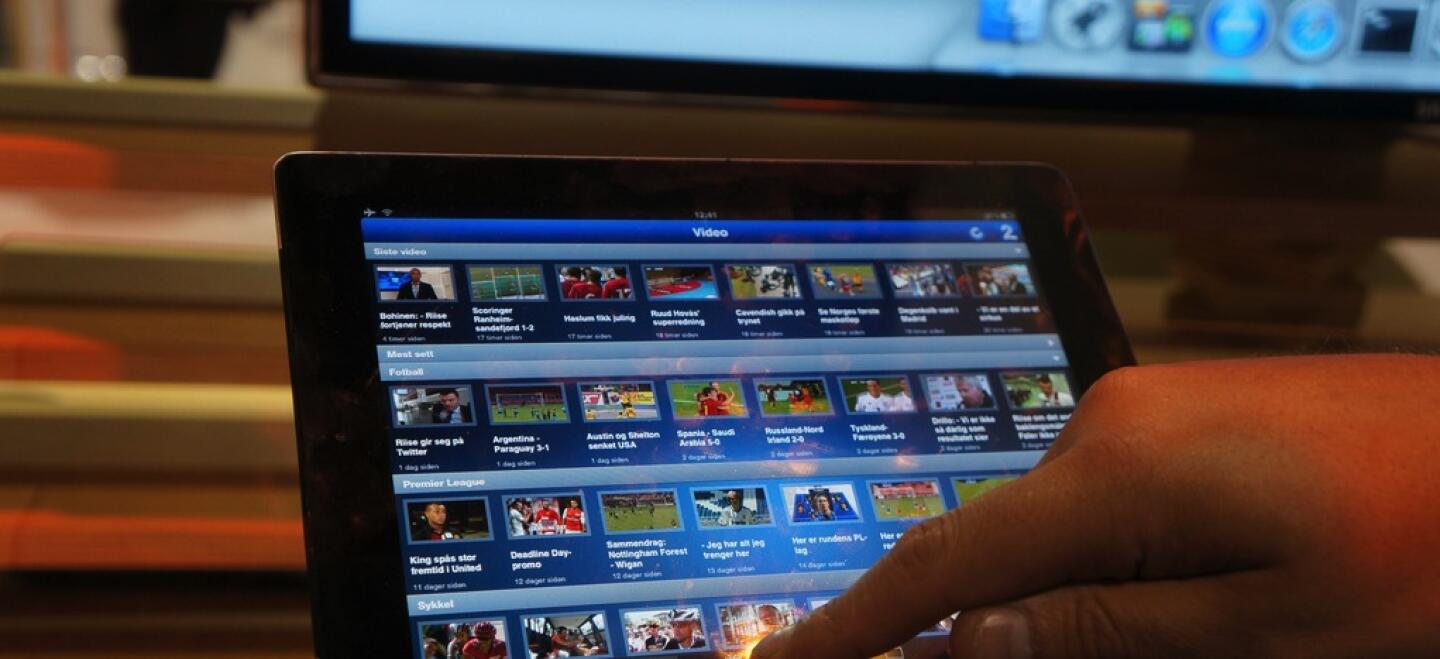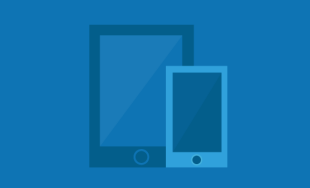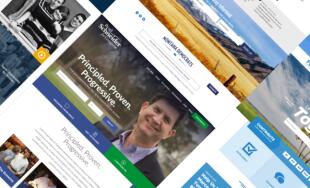There's a lot of talk about the "second screen" in today's marketing world. The second screen is the idea that people augment their traditional media consumption (watching TV, reading the newspaper, etc.) with their tablets or phones. With the ubiquity and power of tablets and smart phones, it's now rare that someone doesn't have the whole Internet within arm's reach to look up something or multitask while a show is in the background. Online interest, especially on search, is going to spike when you get coverage on traditional media, so it's important to be prepared to capitalize on that through your digital properties.
The graph below really puts it into perspective. It charts the search volume for Kentucky's two U.S. Senate candidates in the week prior to the debate and then during the debate.

You see search interest takes off during the debate! This is a live event, which means people are Googling for details on each candidate while they watch them talk. They're looking up the candidate's bios, fact checking specific statements, and looking for more detailed issue stances. As someone with a keen interest in online political campaigns, this caught my interest, but it's definitely not just limited to debates. Whether it's a brand getting news coverage, a creative ad in the paper or on TV, or the show actually encouraging it (House of Cards' #gozoe), the second screen is something to consider whenever you get widespread traditional media exposure.
This new reality isn't something to be scared of. It's a real asset that will let you provide interested people with more information than you can jam into a soundbite answer, 30 second spot, or print ad. Knowing that search interest will spike after you have some traditional media coverage, there are some great ways to make sure you're prepared to harness that attention and give people what they want. Below are a few tips to make sure you're prepared.
Ways to take advantage of the second screen:
- Have Your Digital Ads Ready and Waiting. Your audience is going to be searching for more information on Google, looking at the conversation on Facebook and Twitter, and checking out local sites for endorsements or reviews. You want to make sure you stay in front of them and one of the easiest ways to do that is by buying digital ad space. In the case of the Senate debate, each campaign should've bought space not only around their names, but also the issues they anticipated would come up in the debate and their stances. This tactic ensures that their content will rank highly when interested parties want information right away. Similarly, since the conversation always spills over to social media, you can place Facebook ads or Sponsored Tweets aimed at your target with supporting information and details. Digital ads ensure your information appears highly when people are looking for you.
- Have Content On Your Website Dedicated to the Topic. The digital ads above will likely be supported by content, and you can also get away with a smaller digital spend by having your content organically rank on its own. Anticipate what your audience will want to know after seeing you or your product, and create content around that. By having this content, people will be able to find it quickly and also share it across social media, advancing your angle and marketing materials. Going back to politics, the Obama campaign famously ranked on the first page of Google for searches around ending the Iraq War, which let them provide information directly to people who were going to search for plans about that topic after media coverage or debates.
- Monitor and Join the Conversation. Now that you know this search interest and social media conversation is going to happen no matter what, it's important to play an active role in it. Monitor Twitter for mentions about you or your brand and keep an eye on hashtags that pop up around the campaign. Tools like Hootsuite can help you monitor all of this from a single dashboard. As people start to discuss you, jump into the conversation and provide them with helpful information or thank them for their interest. Social media users hearing directly from the organization they're discussing!
There are plenty of creative and new ways to engage your audience, but the most important thing to know is that there will be an online audience. It's the way people consume content nowadays: tv remote in one hand and device in the other. Make sure the conversation happens on your terms and you can get people the information they need.





Leave the first comment